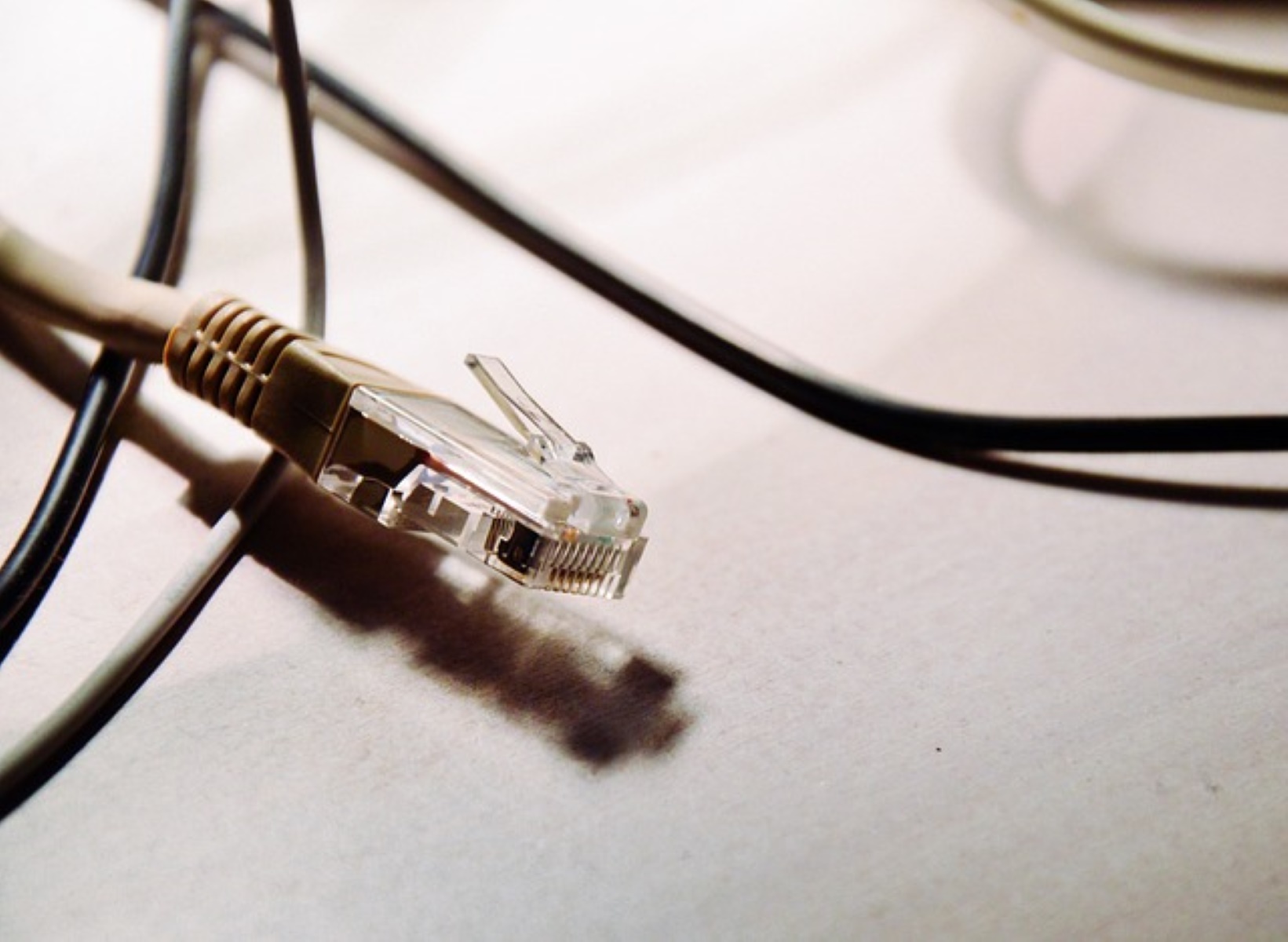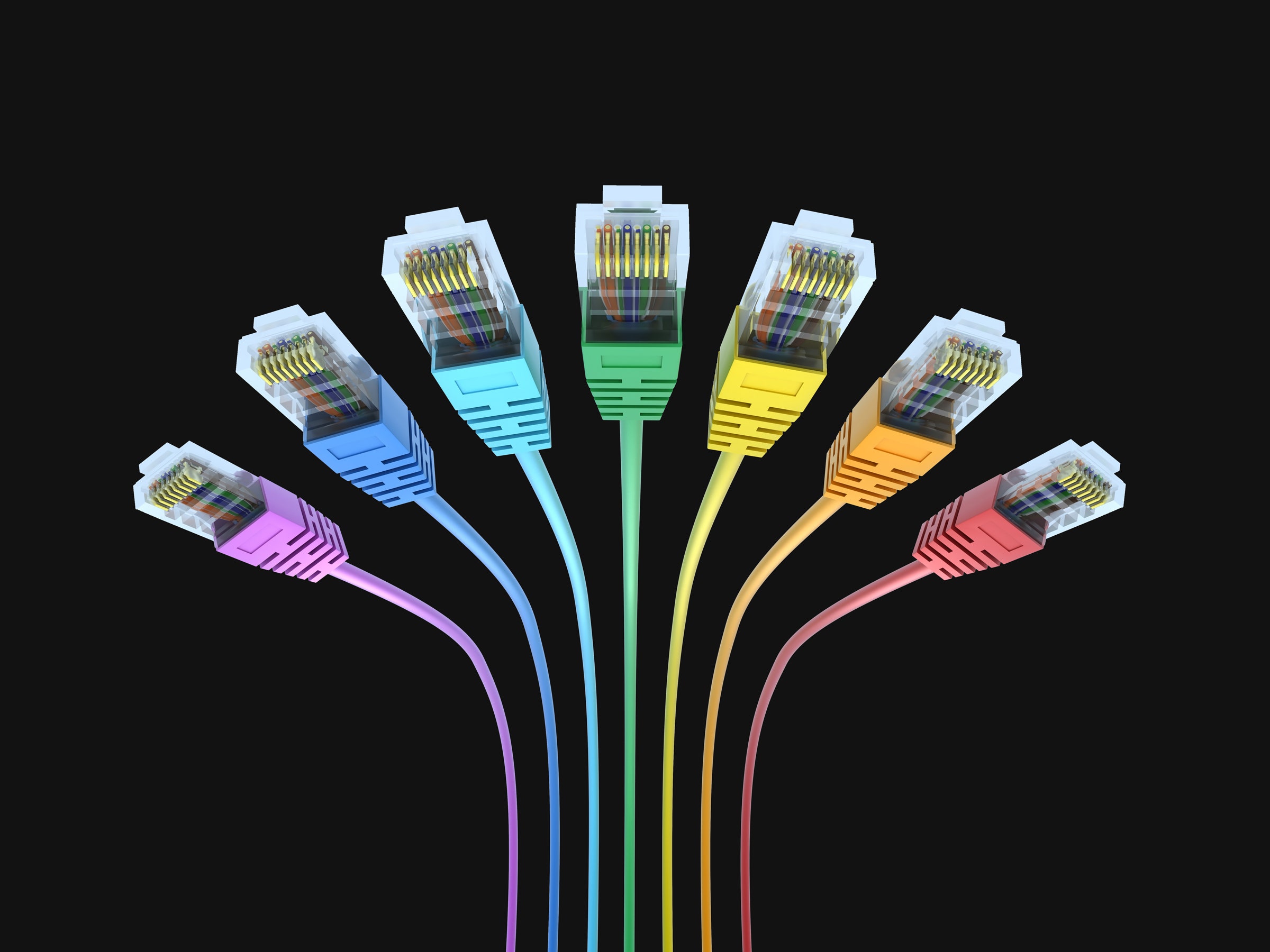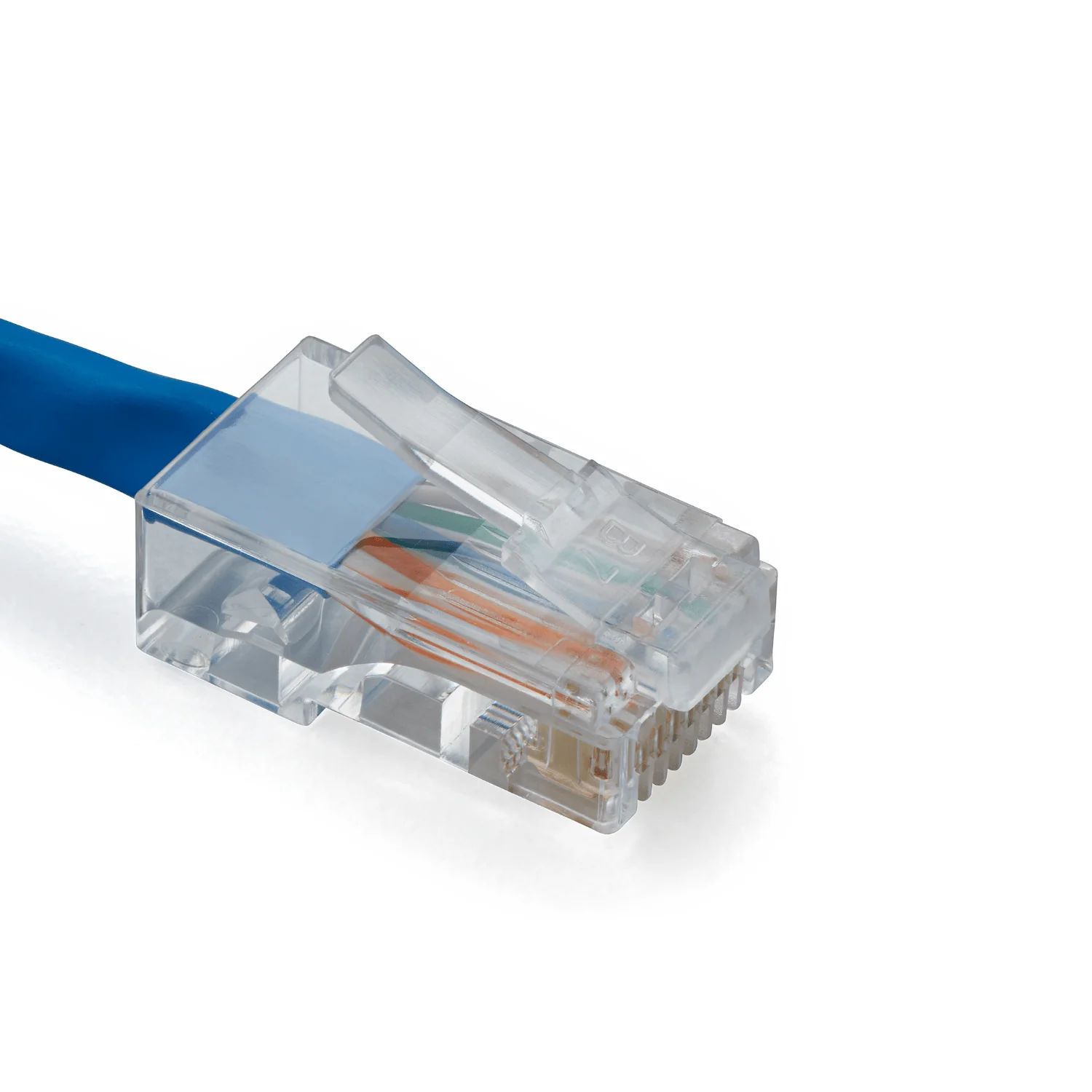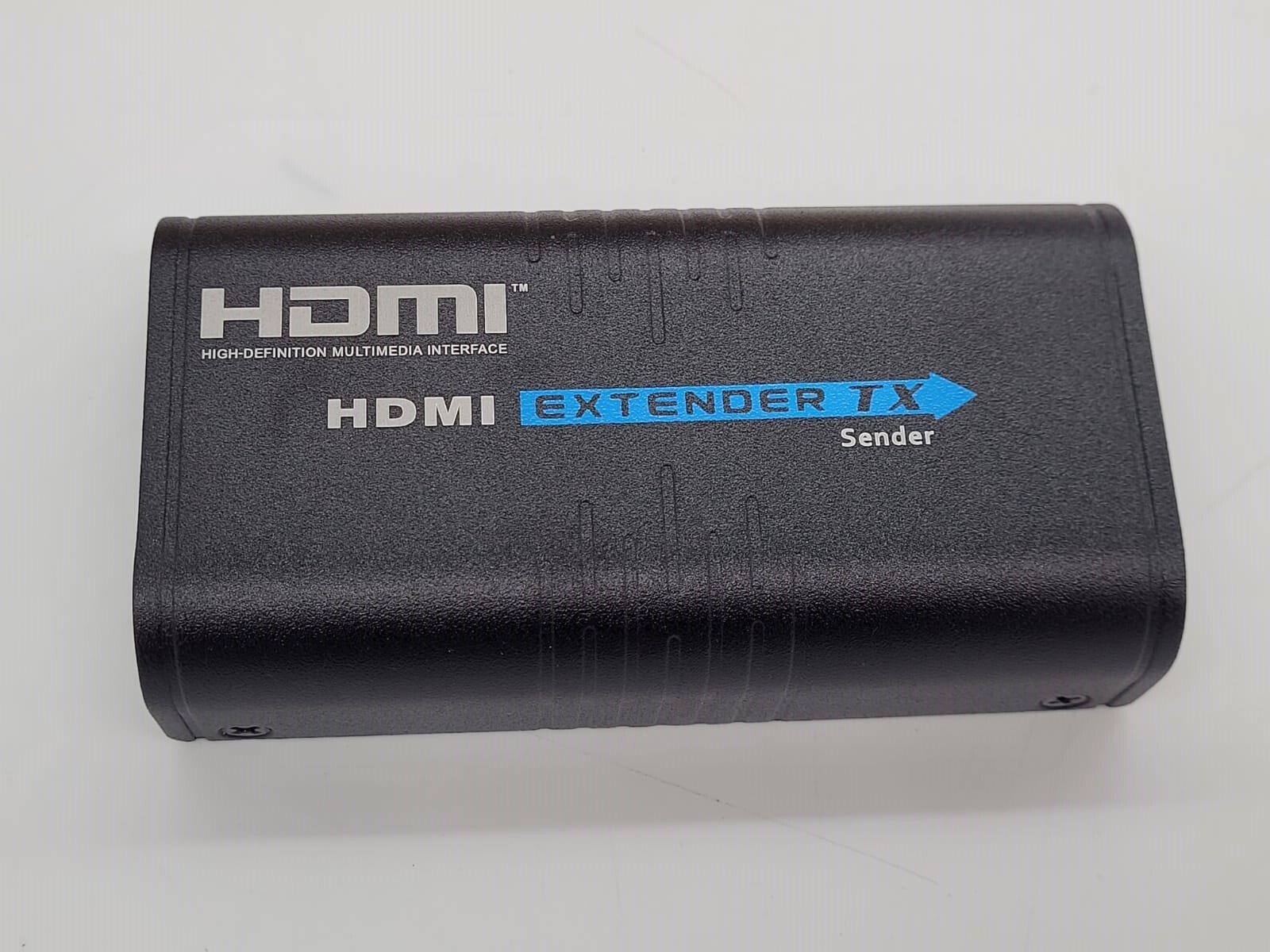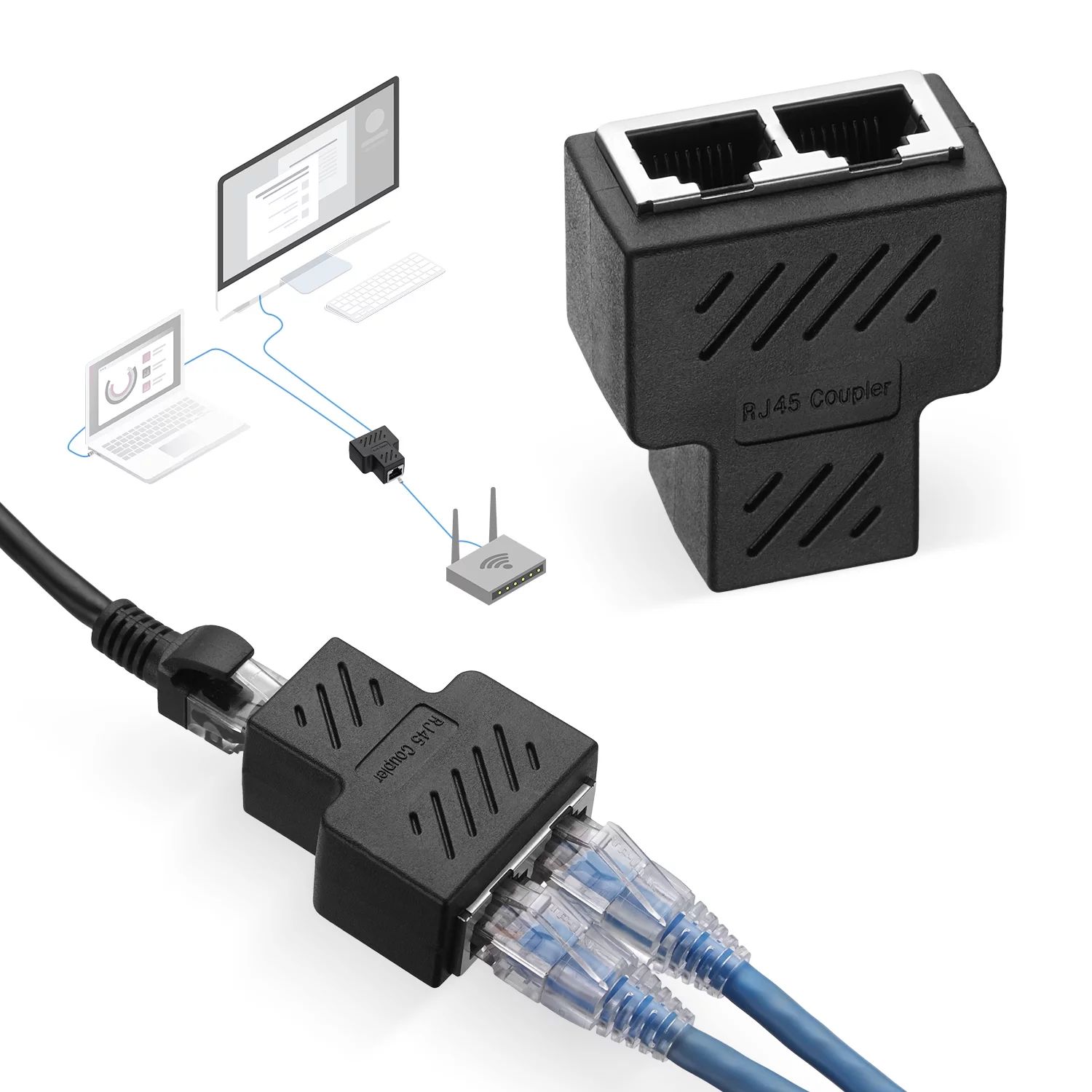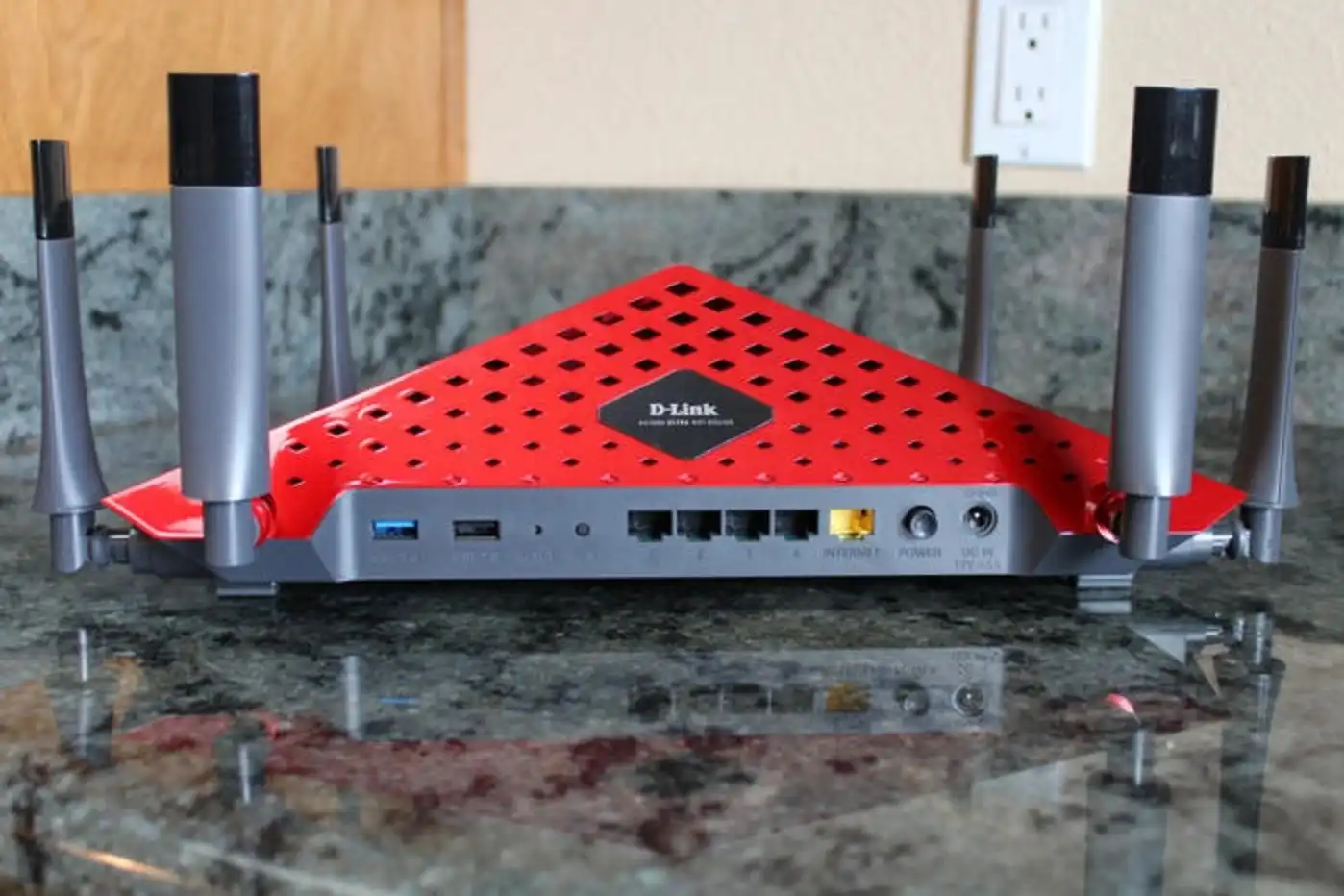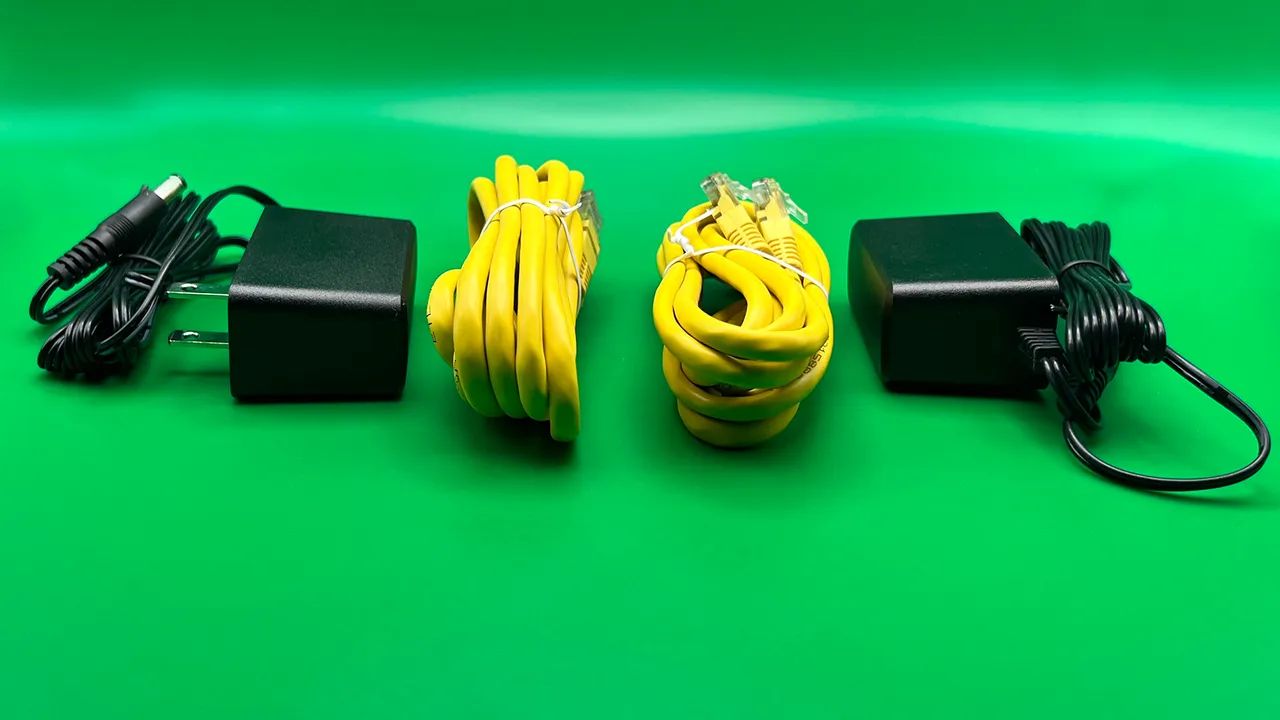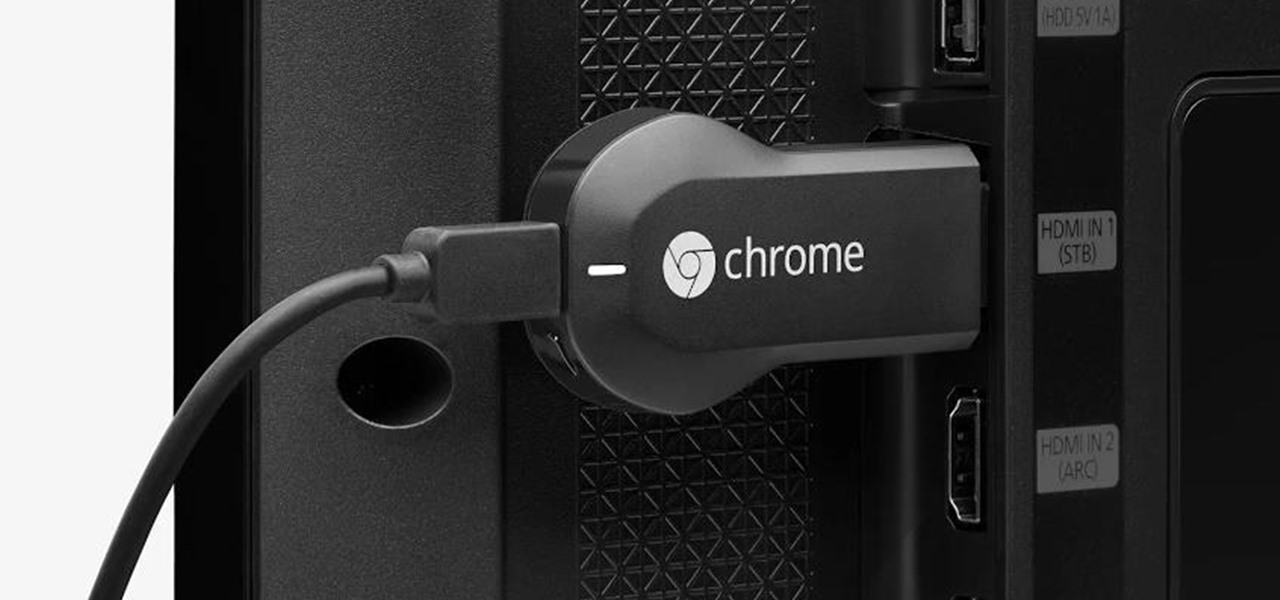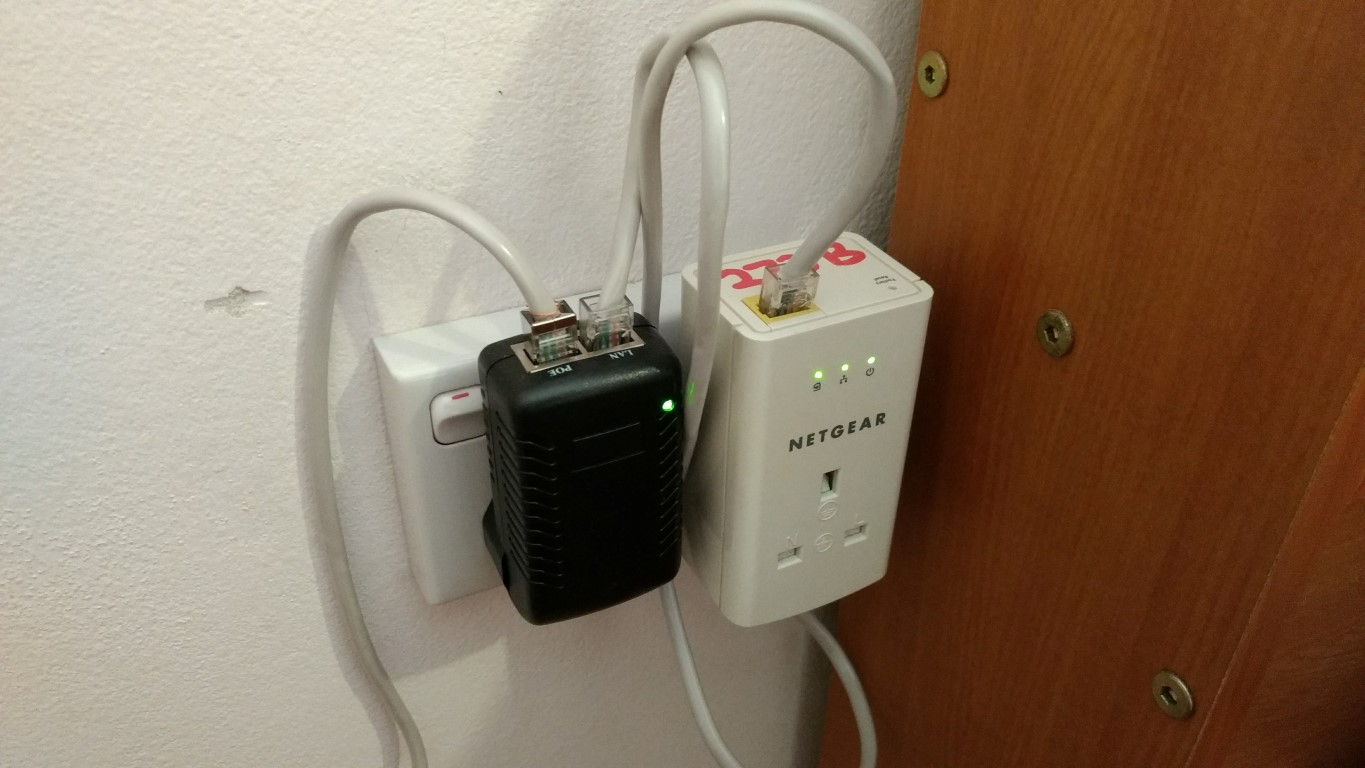Introduction
Welcome to our guide on how to extend your Ethernet cable. In today’s digital age, a reliable internet connection is essential for both work and leisure. Whether you’re setting up a home network, expanding your office infrastructure, or simply need to access the internet from a distance, there may come a time when you need to extend the reach of your Ethernet cable. Luckily, there are several methods available to help you achieve this without sacrificing speed or network stability.
An Ethernet cable, also known as a network cable or LAN cable, is a type of cable that is commonly used to connect devices such as computers, routers, and gaming consoles to a local area network (LAN) or the internet. These cables can transmit data at high speeds, making them ideal for tasks like online gaming, video streaming, and large file transfers.
However, the length of Ethernet cables is often limited, typically ranging from 1 to 100 meters. This can pose a problem if you need to connect devices that are located far apart, such as in different rooms or even on separate floors. Fortunately, there are several methods available to extend the range of your Ethernet cable, allowing you to bridge these gaps and maintain a stable and high-speed connection.
In this guide, we will explore five common methods that you can use to extend your Ethernet cable. These methods include using a coupler, an Ethernet switch or hub, powerline adapters, a wireless bridge, or a media converter. Each method has its own advantages and considerations, depending on factors such as the distance to be covered, the location of devices, and the desired speed and reliability.
Before diving into the various methods, it’s important to consider factors such as the available budget, the technical expertise required, and the specific requirements of your network infrastructure. This will help you determine the most suitable method for your needs. So, let’s get started and explore the different ways you can extend your Ethernet cable for seamless connectivity and enhanced networking capabilities.
Why Would You Need to Extend Your Ethernet Cable?
There are several scenarios in which you may find yourself needing to extend the reach of your Ethernet cable. Understanding these reasons can help you better determine the best method to achieve your networking goals. Here are a few common situations where extending your Ethernet cable becomes necessary:
- Moving to a new location: When you move into a new home or office, the existing Ethernet ports may not be conveniently located near your desired setup. Extending the Ethernet cable allows you the flexibility to position your devices wherever you need them.
- Expanding your network: As your network grows, you might need to connect devices located in different areas of your home or office. Extending your Ethernet cable enables you to create a seamless network infrastructure that covers a larger area.
- Improving Wi-Fi coverage: If you’re experiencing weak or unreliable Wi-Fi signals in certain areas, extending your Ethernet cable can help you position access points or routers strategically, ensuring a stronger and more stable wireless connection.
- Connecting distant devices: In some cases, you may have devices located far apart, such as a computer in one room and a printer in another. Extending your Ethernet cable allows you to establish a wired connection between these devices, which can offer faster and more reliable connectivity compared to wireless options.
- Setting up remote security cameras: If you want to install security cameras in remote locations or areas without Wi-Fi coverage, extending your Ethernet cable is crucial. This allows you to connect the cameras to your network, enabling remote monitoring and recording.
No matter the reason for extending your Ethernet cable, it’s important to understand the limitations and considerations that come with each method. Factors such as cable length, signal degradation, interference, and compatibility should be taken into account when selecting the most appropriate solution for your specific needs.
Now that we’ve explored why you might need to extend your Ethernet cable, let’s dive into the different methods that can help you accomplish this task. Each method has its own unique advantages and considerations, so read on to determine which method is the best fit for your situation.
Understanding Ethernet Cables
Before we delve into the methods of extending your Ethernet cable, it’s important to have a basic understanding of the different types of Ethernet cables available. This knowledge will help you make informed decisions when it comes to selecting the appropriate cable for your network setup.
Ethernet cables are categorized into different standards based on their capabilities and speed. The most common standards are Category 5e (Cat5e), Category 6 (Cat6), and Category 6a (Cat6a). These cables consist of twisted pairs of wires that are designed to minimize interference and maximize signal integrity.
Cat5e: Cat5e cables are the most common type of Ethernet cable found in homes and small office networks. They support data transmission speeds up to 1 gigabit per second (Gbps) and have a maximum length of 100 meters.
Cat6: Cat6 cables are an upgrade to Cat5e, offering higher performance and faster data transfer speeds. They are capable of handling speeds up to 10 Gbps over short distances, typically up to 55 meters.
Cat6a: Cat6a cables are the enhanced version of Cat6 cables, designed to support even higher data transfer speeds and longer distances. They can handle speeds up to 10 Gbps over a maximum distance of 100 meters.
When selecting an Ethernet cable, it’s important to consider your network requirements. If you’re looking for a cable that can handle basic internet usage, streaming, and file transfers, Cat5e cables should suffice. However, if you have a need for higher bandwidth and faster speeds, such as for gaming or transferring large files, Cat6 or Cat6a cables may be a better choice.
Another factor to consider is the type of connector used on the Ethernet cable. The most common connector is the RJ45, which features eight pins that connect to the Ethernet port on your devices. Ensure that the connectors on your cables match the ports on your devices for proper compatibility.
Understanding the capabilities of Ethernet cables and their associated standards will help you make informed decisions when it comes to extending your Ethernet cable. With this knowledge in mind, let’s explore the various methods available to extend the reach of your Ethernet cable.
Methods to Extend Ethernet Cable
When it comes to extending your Ethernet cable, there are several methods available, each with its own advantages and considerations. Let’s explore five common methods that you can use to extend the reach of your Ethernet cable:
- Using a Coupler: A coupler is a simple and inexpensive device used to join two Ethernet cables together. This method is ideal when you need to extend your cable by a short distance. Simply connect one end of the existing cable to one end of the coupler, and then connect the other end of the coupler to the second Ethernet cable. This method works best when both cables are of the same category and have proper connectors.
- Using an Ethernet Switch or Hub: An Ethernet switch or hub acts as a central point to connect multiple Ethernet devices. By connecting your source device to a switch or hub using a shorter Ethernet cable, you can then connect another longer Ethernet cable from the switch or hub to your destination device. This method allows you to extend the cable length without compromising the signal quality or speed. It’s important to choose a switch or hub that supports the desired speed and has enough available ports for your devices.
- Using Powerline Adapters: Powerline adapters utilize your electrical wiring to extend your Ethernet connection. These adapters come in pairs – one connects to your router and plugs into a power outlet near it, while the other connects to your device and plugs into a power outlet in the desired location. The adapters then use the electrical wiring to transmit the Ethernet signal, effectively extending your connection. Powerline adapters are convenient if you need to extend your connection to a different room or floor, where running Ethernet cables may not be feasible.
- Using a Wireless Bridge: If running Ethernet cables is not an option, you can utilize a wireless bridge to extend your Ethernet connection wirelessly. A wireless bridge connects to your router using an Ethernet cable and then wirelessly transmits the internet signal to another wireless bridge, which is connected to your destination device. This method is useful for situations where physical cabling is not practical, such as connecting devices in separate buildings or distant areas that are out of the range of your Wi-Fi network.
- Using a Media Converter: A media converter is used when you need to extend your Ethernet connection over a different type of cabling, such as fiber optics. It converts the Ethernet signal to an appropriate format that can be transmitted over the desired medium, extending your connection to greater distances. This method is commonly used in large-scale network setups or situations where long-distance networking is required.
Each method has its own advantages and considerations, so it’s important to evaluate your specific requirements before deciding which method is best suited for your needs. Factors such as the distance you need to cover, the desired speed, the availability of power outlets, and the structure of your building will all play a role in determining the most appropriate method for extending your Ethernet cable.
Now that we’ve explored the different methods available, it’s important to consider a few key factors before extending your Ethernet cable. We’ll cover these considerations in the next section to ensure a seamless and effective extension of your network connection.
Using a Coupler
Using a coupler is a simple and cost-effective method to extend your Ethernet cable when you only need to bridge a short distance. Couplers are small devices that allow you to connect two Ethernet cables together, effectively creating a longer cable.
The first step is to determine the type and category of the Ethernet cables you’re using. It’s important to ensure that both cables have the same category (such as Cat5e or Cat6) and compatible connectors, typically RJ45. This ensures a seamless connection and minimizes signal loss or interference.
To extend your cable using a coupler:
- Detach one end of the existing Ethernet cable from its current device or port.
- Connect this end to one side of the coupler.
- Take the second Ethernet cable and connect it to the other side of the coupler.
- Finally, connect the other end of the second Ethernet cable to the desired device or port.
It’s crucial to ensure a secure connection at each end to prevent signal degradation or disconnection. Make sure to push the cables firmly into the coupler, ensuring the connectors are fully inserted.
While using a coupler is a convenient and simple solution, there are a few important considerations to keep in mind. First, the overall length of the extended cable should not exceed the recommended limit for the Ethernet cable category you are using. For example, Cat5e cables have a maximum recommended length of 100 meters.
Second, using excessive couplers or extending the cable too much may introduce signal loss or interference. It’s best to limit the use of couplers and keep the distance between devices as short as possible to maintain optimal signal quality and speed.
If you’re extending your cable over a longer distance, or if you require better signal integrity, you may want to consider other methods, such as an Ethernet switch or powerline adapters, which we will explore further in the following sections.
In summary, using a coupler is a straightforward and affordable way to extend your Ethernet cable, especially for short distances. It’s essential to ensure the compatibility of the cables and connectors, maintain secure connections, and consider the limitations and potential signal degradation when using this method.
Using an Ethernet Switch or Hub
Using an Ethernet switch or hub is a reliable and scalable method for extending your Ethernet cable network. It allows you to connect multiple devices and extend the reach of your network without compromising signal quality or speed.
An Ethernet switch or hub acts as a central connection point for devices in your network. It typically has multiple Ethernet ports, allowing you to connect devices using Ethernet cables. By using an Ethernet switch or hub, you can extend your Ethernet cable to reach devices located further away.
Here’s how to extend your Ethernet cable using an Ethernet switch or hub:
- Connect the existing Ethernet cable to one port on the Ethernet switch or hub.
- Connect another Ethernet cable from another port on the Ethernet switch or hub to your desired device.
- Repeat this process for any additional devices you want to connect.
The Ethernet switch or hub acts as a central point, allowing data to flow between connected devices seamlessly. It eliminates the need for long cable runs from your router to individual devices, making it an efficient solution for extending your network.
One of the advantages of using an Ethernet switch or hub is that it can support multiple devices simultaneously. You can connect a variety of devices to the switch or hub, including computers, gaming consoles, smart TVs, and more.
It’s important to choose an Ethernet switch or hub that matches the speed requirements of your network. For example, if you require gigabit speeds, ensure that the switch or hub supports gigabit Ethernet. Additionally, consider the number of ports available on the switch or hub, as it should accommodate the number of devices you want to connect.
Using an Ethernet switch or hub is an excellent method for extending your Ethernet cable in scenarios where you need to connect multiple devices located in different areas. It offers flexibility and scalability, allowing you to expand your network infrastructure as needed.
However, it’s crucial to consider the distance limitations of Ethernet cables. While an Ethernet switch or hub can extend the reach of your network, the total distance should still adhere to the maximum length supported by the Ethernet cable category you are using, such as Cat5e or Cat6.
Overall, using an Ethernet switch or hub is a reliable and effective method to extend your Ethernet cable network. It provides a centralized solution for connecting multiple devices, ensuring seamless network connectivity without compromising on speed or signal quality.
Using Powerline Adapters
If running Ethernet cables across your home or office is not feasible, using powerline adapters is an effective method to extend your Ethernet connection through your electrical wiring. Powerline adapters utilize your existing electrical wiring to transmit the Ethernet signal, allowing you to have a wired connection in distant areas of your space.
Here’s how to extend your Ethernet cable using powerline adapters:
- Plug one powerline adapter into a power outlet near your router and connect it to your router using an Ethernet cable.
- Plug another powerline adapter into a power outlet near the device you want to connect and link it to the device using another Ethernet cable.
The powerline adapters essentially create a bridge between your router and the device by transmitting the Ethernet signal through the electrical wiring. This eliminates the need for long Ethernet cable runs and provides a more convenient and flexible solution for extending your network.
Powerline adapters are known for their ease of use and convenience. However, there are a few considerations to keep in mind. First, both powerline adapters need to be on the same electrical circuit for them to communicate effectively. If you have multiple electrical panels or different circuits, this method may not work as intended.
Additionally, the speed and performance of powerline adapters can be influenced by various factors, such as the quality of your electrical wiring and the distance between the adapters. In some cases, the signal may weaken or suffer from interference, resulting in reduced speeds. If you live in an older building with outdated electrical wiring, you may experience more significant signal degradation.
It’s worth noting that powerline adapters typically come in pairs, allowing you to connect one device per adapter. If you need to connect more devices, you can purchase additional pairs or use an Ethernet switch in conjunction with the powerline adapters to expand the number of available Ethernet ports.
To ensure optimal performance, it’s recommended to plug the powerline adapters directly into a wall outlet. Avoid using power strips, surge protectors, or extension cords, as they can interfere with the signal and diminish the overall performance of the powerline adapters.
Using powerline adapters offers a convenient and effective solution for extending your Ethernet cable without the need for complex wiring. It’s a suitable option for scenarios where running Ethernet cables is not feasible or practical, such as in multiple-story buildings or rented spaces.
By utilizing powerline adapters, you can enjoy the benefits of a wired connection in areas of your space that were previously out of reach, ensuring reliable and high-speed internet access for your devices.
Using a Wireless Bridge
If running Ethernet cables is not an option or if you need to connect devices in separate buildings or distant areas, using a wireless bridge is an effective method to extend your Ethernet connection wirelessly.
A wireless bridge allows you to connect devices that have Ethernet ports to your existing Wi-Fi network, effectively extending your Ethernet connection without the need for physical cables.
Here’s how to extend your Ethernet cable using a wireless bridge:
- Connect the wireless bridge to your router using an Ethernet cable. The bridge will act as a bridge between your Wi-Fi network and the device you want to connect.
- Configure the wireless bridge to connect to your Wi-Fi network. This typically involves entering your Wi-Fi network name (SSID) and password.
- Connect the device you want to extend the Ethernet connection to the Ethernet port on the wireless bridge.
Once the wireless bridge is set up and connected to your Wi-Fi network, it will transmit the internet signal to the device through the Ethernet port, allowing you to extend your Ethernet connection wirelessly.
Using a wireless bridge provides flexibility and convenience as it eliminates the need for physical cables. This method is especially useful when connecting devices in separate buildings, outdoor spaces, or areas that are out of the range of your Wi-Fi network.
However, it’s important to consider a few factors when using a wireless bridge. The distance between the bridge and your Wi-Fi network router can affect the signal strength and quality. If the wireless bridge is too far from the router, it may experience signal degradation, leading to a weaker and less stable Ethernet connection.
Additionally, the performance of the wireless bridge can be impacted by interference from other wireless devices or physical obstacles, such as walls and large objects. It’s best to position the bridge in an optimal location to ensure the best possible signal strength.
Using a wireless bridge is a convenient and effective method for extending your Ethernet connection wirelessly. It allows you to enjoy the benefits of a wired connection without the need for physical cables, making it suitable for connecting devices in different buildings, outdoor areas, or distant locations from your Wi-Fi network.
By utilizing a wireless bridge, you can extend your Ethernet connection and access high-speed and reliable internet on devices located far away from your router.
Using a Media Converter
If you need to extend your Ethernet connection over a different type of cabling, such as fiber optics, using a media converter is a suitable method. A media converter allows you to convert the Ethernet signal to a format compatible with the desired medium, extending your Ethernet connection to greater distances.
Here’s how to extend your Ethernet cable using a media converter:
- Connect the Ethernet cable from your router or switch to the input port of the media converter using an Ethernet cable.
- Connect the output port of the media converter to the input port of another media converter at the desired location using the appropriate cable, such as a fiber optic cable.
- Connect the device you want to extend the Ethernet connection to the output port of the second media converter using another Ethernet cable.
The media converter converts the Ethernet signal to a format suitable for transmission over the desired medium, such as fiber optics. This allows you to extend your Ethernet connection to greater distances and different types of cabling that are not compatible with traditional Ethernet cables.
Using a media converter is commonly employed in large-scale network setups or situations where long-distance networking is required, such as connecting buildings in a campus or establishing connections across multiple floors.
It’s important to select the appropriate media converter that supports the specific type of cabling you want to extend your Ethernet connection over. There are various types of media converters available, including those for fiber optics, coaxial cables, and twisted pair cables. Ensure compatibility between the media converter and the cabling medium to ensure a successful and reliable connection.
When using a media converter, it’s essential to consider the limitations of the particular medium being used, such as the distance limits and transmission speeds of the cabling. Additionally, factors like signal integrity, potential signal loss, and external interference should also be taken into account.
Despite these considerations, using a media converter offers the flexibility and capability to extend your Ethernet connection over different types of cabling, enabling long-distance networking and integration with specialized networking infrastructure.
If you require an extended Ethernet connection over a specific type of cabling, using a media converter is an effective solution to bridge the gap and expand your network connectivity.
Things to Consider Before Extending Your Ethernet Cable
Before extending your Ethernet cable, it’s important to consider a few key factors to ensure a successful and optimal extension of your network connection. Taking these considerations into account will help you choose the most suitable method and ensure the desired performance and reliability of your extended Ethernet connection.
1. Distance: Determine the distance you need to cover with your extended Ethernet cable. Different methods have distance limitations, and exceeding these limits may result in signal degradation or loss. Consider the maximum length supported by the Ethernet cable category you are using, such as Cat5e or Cat6, and select a method that can accommodate your desired distance.
2. Speed Requirements: Evaluate the speed requirements of your network. Different methods may have varying capabilities when it comes to data transfer speeds. If you require high-speed connections for tasks like gaming or large file transfers, ensure that the selected method can meet your speed needs.
3. Compatibility: Consider the compatibility of the devices and equipment involved in the extension. Ensure that the connectors, cables, and equipment you are using are compatible with each other to ensure seamless connectivity and optimal performance.
4. Signal Degradation: Be aware that some methods of extending Ethernet cables, such as using couplers or powerline adapters, may introduce signal degradation or interference. Factors such as the quality of cables, electrical wiring, or obstacles within the environment can impact signal integrity. Consider these factors and choose a method that minimizes signal loss for reliable and stable connectivity.
5. Budget and Scalability: Evaluate your budget and long-term scalability requirements. Some methods may require additional hardware or equipment, which could impact the cost of extending your Ethernet cable. Consider the scalability of the selected method and whether it can accommodate future expansion of your network.
6. Technical Expertise: Assess your technical expertise or seek professional assistance if needed. Some methods, such as setting up a wireless bridge or configuring media converters, may require more technical knowledge. Ensure that you are comfortable with the chosen method or seek help from an expert to ensure proper installation and configuration.
By considering these factors and taking them into account, you can make an informed decision when extending your Ethernet cable. This will help you choose the most suitable method that meets your requirements for distance, speed, compatibility, signal integrity, budget, scalability, and technical expertise.
Now that you have a solid understanding of the considerations involved, you can confidently proceed with extending your Ethernet cable using the chosen method that best suits your needs.
Conclusion
Extending your Ethernet cable can be a necessary step to connect devices located far apart or in areas where running physical cables is not practical. In this guide, we explored five common methods for extending Ethernet cables: using a coupler, an Ethernet switch or hub, powerline adapters, a wireless bridge, and a media converter. Each method has its own advantages and considerations, allowing you to choose the most suitable option based on your specific needs and circumstances.
Before extending your Ethernet cable, it is crucial to consider factors such as the distance you need to cover, speed requirements, compatibility, signal degradation, budget, scalability, and technical expertise. Taking these considerations into account will help ensure a successful and optimal extension of your network connection.
Whether you are moving to a new location, expanding your network, improving Wi-Fi coverage, connecting distant devices, or setting up remote security cameras, there is a method available to extend your Ethernet cable and maintain a stable and high-speed connection.
Remember to choose the method that best fits your needs, considering the limitations and potential challenges associated with each method. It’s important to follow the specific instructions for each method to ensure a reliable and seamless extension of your Ethernet cable.
With the methods presented in this guide, you can confidently extend your Ethernet cable and enjoy the benefits of a stable and high-speed connection across your home or office. By expanding your network infrastructure, you can connect devices in different areas, improve network coverage, and create a seamless and efficient network environment.
Now that you have a comprehensive understanding of the methods available, consider your specific requirements, evaluate the pros and cons of each method, and choose the one that best suits your needs. With proper planning and implementation, you can extend your Ethernet cable effectively and enjoy the benefits of an extended network connection.







